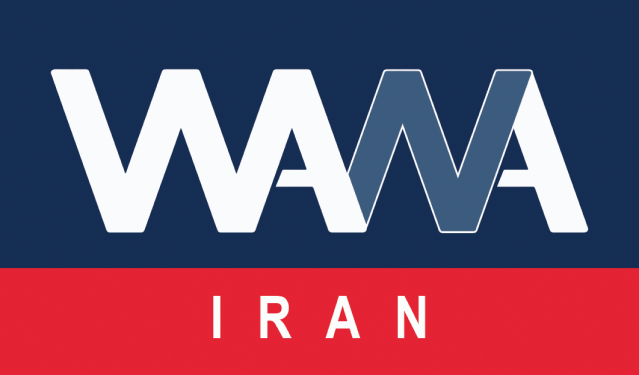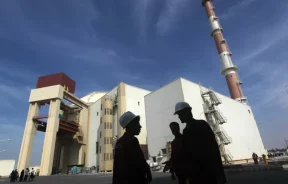The Infiltration Project Behind the Isfahan-Yazd Water Crisis
WANA (Apr 06) – In recent weeks, tensions over water resources between the central Iranian provinces of Isfahan and Yazd have escalated beyond a mere local dispute, reaching the level of a national security concern.
The conflict began with protests rooted in a very real water shortage. Farmers in Isfahan have for years struggled with the drying up of the Zayandeh Rud river and the reduction of their traditional water rights. On the other hand, Yazd—one of the driest regions in Iran—relies heavily on Zayandeh Rud for drinking water.
This long-standing dispute, however, reached a boiling point during the Persian New Year (Nowruz), when two main water pipelines—supplying more than half of Yazd’s consumption—were sabotaged. As a result, large parts of the province were left without water.
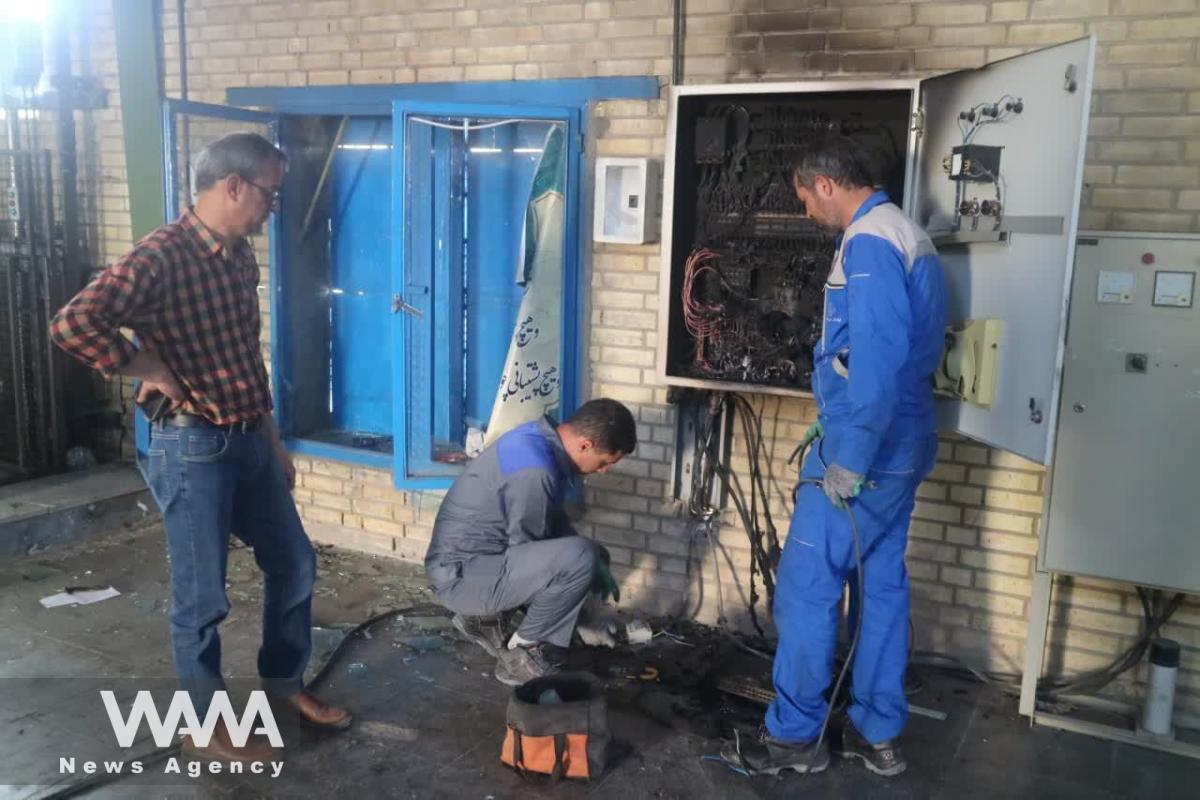
Repairs of Drinking Water Transmission Line Stations in Yazd / WANA News Agency
Simultaneously, hundreds of anonymous and fake accounts on social media began fueling tensions between the two provinces, creating a narrative of division and hostility. The polarization didn’t seem organic; rather, it appeared carefully engineered.
But why did this happen now? The answer may lie not in the streets of Isfahan or Yazd, but thousands of kilometers away—in a command room operating a psychological operation.
An Accidental Confession: The Exposed Operation
Shirli Shamsian, the Farsi-speaking spokesperson of the Israeli military, appeared in a video circulating on social media, expressing apparent sympathy for the “protests of Isfahani farmers.” But one sentence in particular revealed far more than intended: “Our staff should be in Isfahan during Nowruz, protesting the water shortage.”
Shirli Shamsian, the Farsi-speaking spokesperson of the Israeli military, appeared in a video circulating on social media, expressing apparent sympathy for the “protests of Isfahani farmers.”
But one sentence in particular revealed far more than intended:
“Our staff should be… pic.twitter.com/fxtVOYL0eQ
— WANA News Agency (@WANAIran) April 6, 2025
This wasn’t a slip—it was evidence. An inadvertent confession exposing a broader design behind what appeared to be a local crisis. What analysts had long suspected was now openly stated by an official representative of the Israeli regime: the deliberate use of water as a tool for social destabilization.
In the same video, Shamsian first mentions an Iranian group distributing water in Gaza, then immediately shifts to the water crisis in Isfahan and Yazd—unintentionally revealing Israel’s involvement in inciting protests. Anyone familiar with the region would recognize the implausibility of such Iranian aid to Gaza under current conditions, further highlighting the disinformation at play.
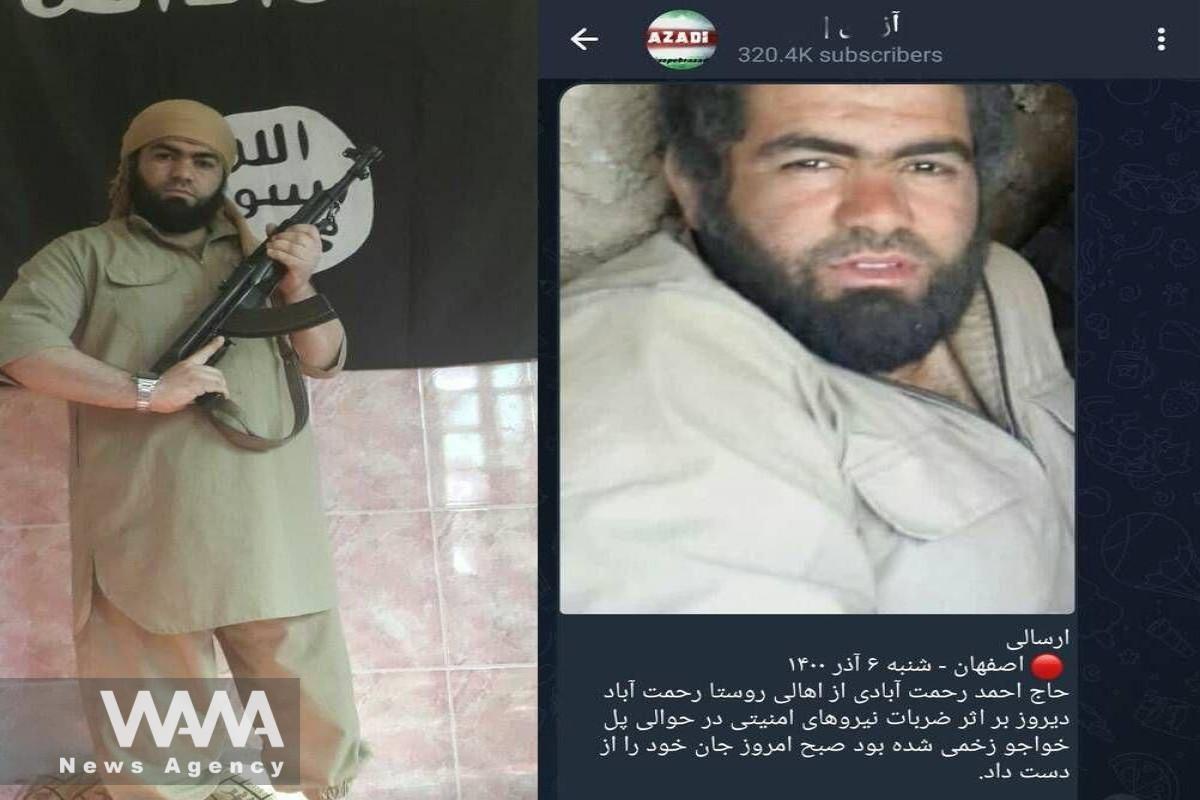
Three years ago, an image circulated in opposition media claiming an Isfahani citizen had “died for water.” Later, it was revealed that the photo was of a deceased ISIS member in Syria / WANA News Agency
This is not the first time fabricated narratives have been linked to Iran’s water crisis. Three years ago, an image circulated in opposition media claiming an Isfahani citizen had “died for water.” Later, it was revealed that the photo was of a deceased ISIS member in Syria. The repetition of such tactics shows how real crises provide fertile ground for injecting false information and manipulating public sentiment—a blend of images, emotions, and lies aimed at eroding trust within society.
Today, the same playbook is in use, albeit with a new façade. Anonymous accounts claiming to be either Isfahani farmers or Yazdi citizens are flooding social media with mutual insults and accusations—part of a calculated psychological operation aimed at inciting mistrust and hatred.
Meanwhile, in the real world, the first convoy of bottled water from Isfahan reached Yazd yesterday under a banner that deserved front-page headlines: “Isfahan and Yazd remain brothers.”
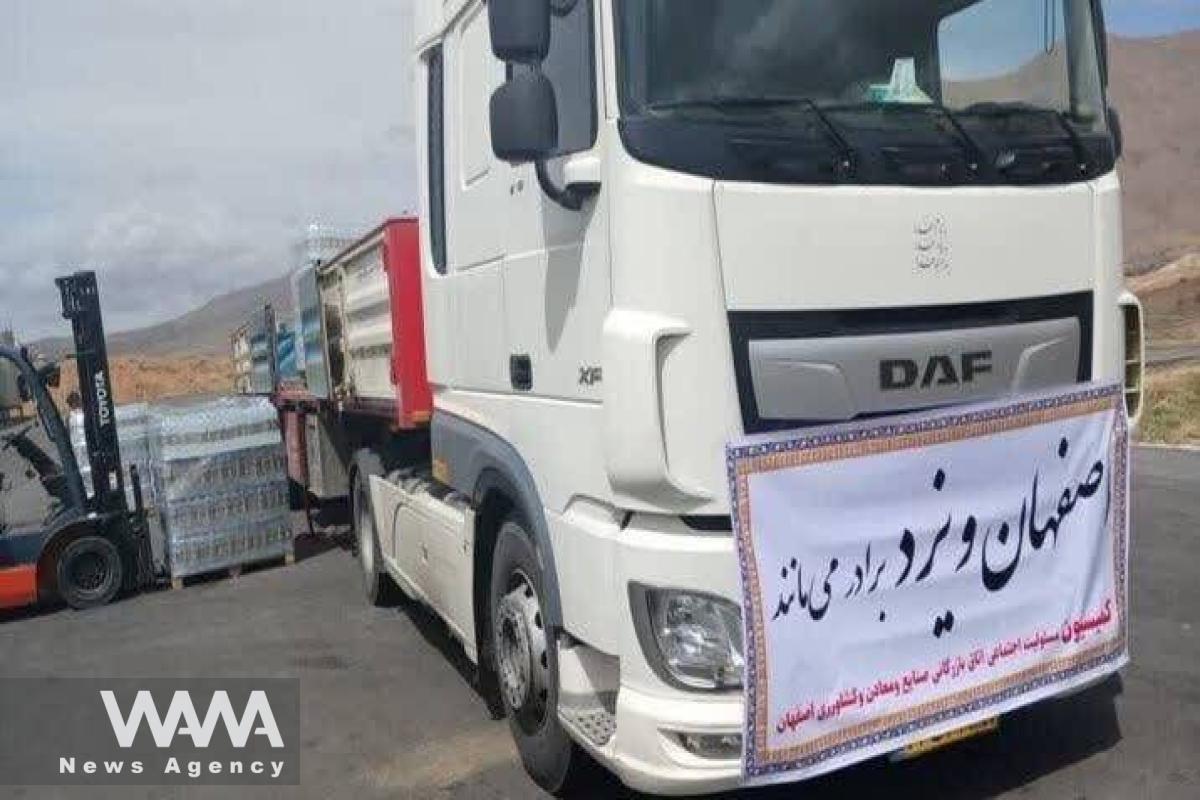
“Isfahan and Yazd remain brothers.” / WANA News Agency
On the surface, this may appear to be a simple water dispute. But in reality, it’s a textbook case of cognitive warfare—a new kind of conflict designed not to capture land, but to control narratives and alter public perception. In this form of warfare, social media becomes the battlefield, and the true target is social cohesion.
Where wars were once started with bullets, they now begin with posts, tweets, and images. Where spies once hid in embassies, the Israeli military’s spokesperson now openly plays the psychological operations game—in fluent Persian.
With the pipeline now repaired and water flowing back to Yazd, the crisis appears resolved. But a deeper question remains: was this the end of a crisis, or just one episode in a much larger operation?
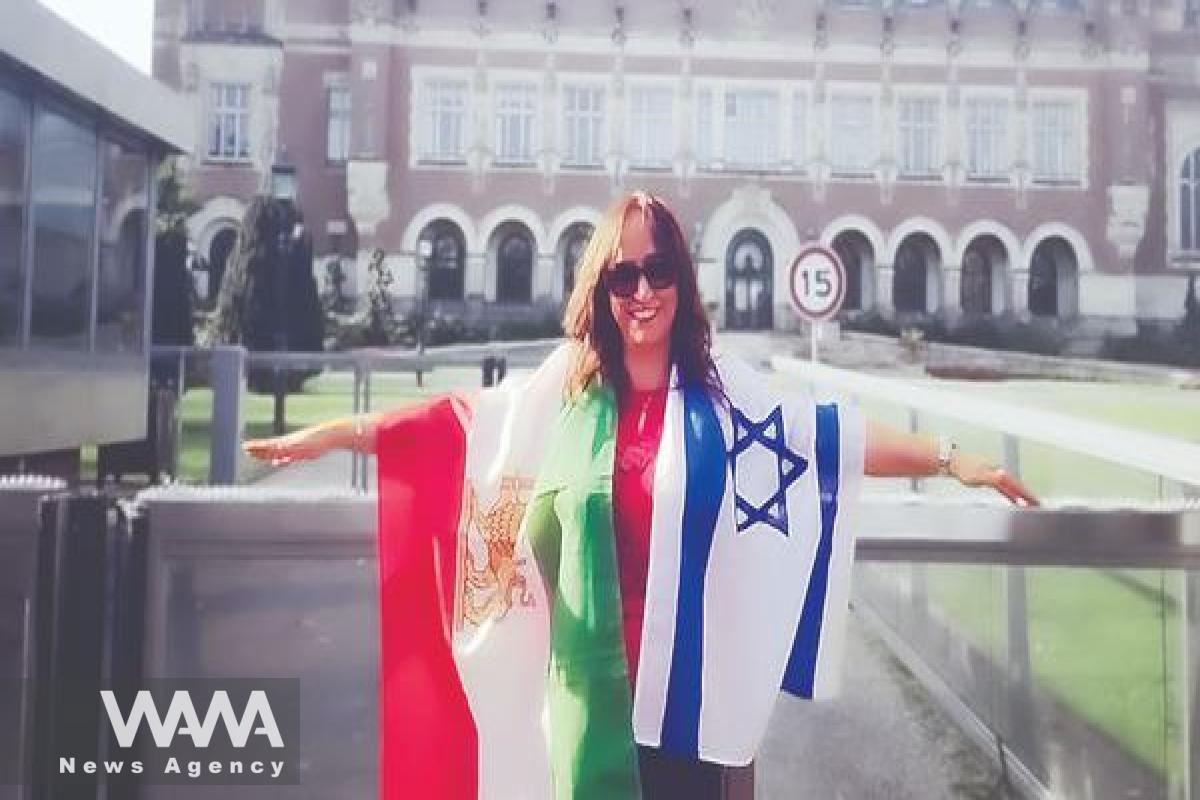
Shirli Shamsian, the Farsi-speaking spokesperson of the Israeli military / WANA News Agency
When an official from Israel—a state with a long history of proxy wars, assassinations, and covert interventions in the region—openly admits to playing a role in provoking internal unrest in Iran, the threat cannot be dismissed.
Just days ago, Iran’s Supreme Leader warned in a speech about the enemy’s attempts to sow sedition and internal discord, stressing the importance of vigilance in the face of such engineered divisions.
What happened in Isfahan and Yazd wasn’t just a water shortage; it was a live experiment in a new model of intervention—ranging from physical sabotage to digital manipulation, from ethnic provocation to exploiting real grievances. All of it, part of a coordinated operation.
